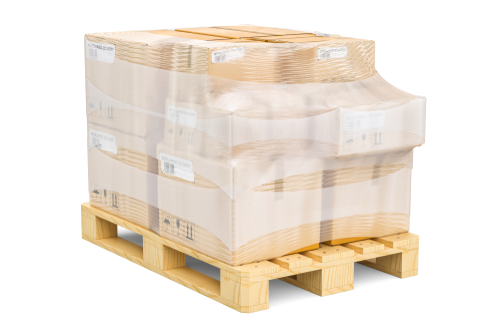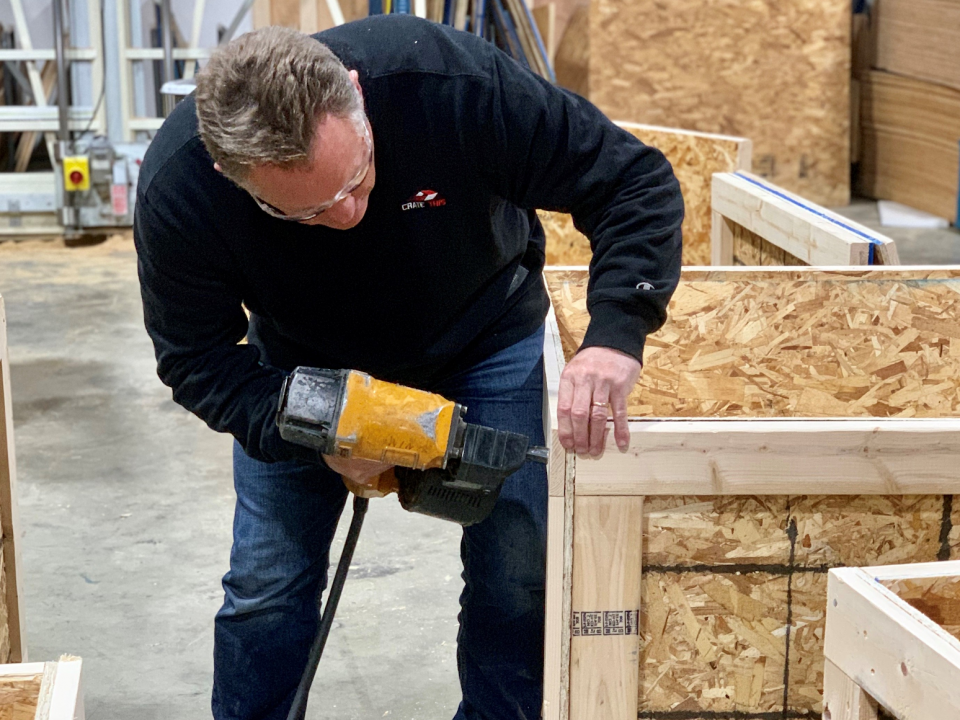
Common Mistakes Made When Importing from China
June 16, 2020
Understanding Your Bill of Lading
August 18, 2020As international freight forwarders, Bruning International is no stranger to helping companies with their air and ocean freight. There are many ways to optimize and improve international shipments from consolidation to arranging cross-docking. But, one area that consistently hurts businesses that manage their own shipping is not correctly prepping your freight. Incorrectly prepared freight can lead to damages or issues with the carrier that will stop the freight from being shipped at all. Correctly labeling goods, providing the correct forms, and packaging the freight are all necessary to make sure a shipment goes smoothly. Here are five common mistakes that you should avoid when preparing any domestic or international air freight.
Avoid Pallet Overhang
When you package your goods you need to ensure that they fit within the dimensions of the pallet. Overhang is where any goods exceed the boundaries of the pallet they are placed on. This can lead to damage. When cargo is moved around it is packed tightly together. Any overhang will likely bump into other goods damaging both your shipment and potentially someone else’s. Additionally, if a pallet is stacked on top of a pallet with overhang it may cause structural stress to your cargo. Also, make sure that you leave from around the edges of your pallet to avoid overhang.
Using The Incorrect Type of Pallet
There are a variety of options to choose from when purchasing pallets. The strongest pallets utilize bottom deck boards. This increases structural stability and is ideal for heavier shipments. You should consider using pallets with bottom deck boards if you plan to ship heavier goods. Additionally, as mentioned previously, air freight is packed together tightly. A four-way pallet or a pallet that can be picked up from any side makes it easier to load and unload your goods. The most important concept when choosing a pallet is to note its rated capacity. You should always aim to leave room for the rated capacity, especially if you are re-using a pallet.
Incorrectly Wrapping Your Pallet
Stretch wrapping is a common way to provide structural stability for your cargo. Stretch wrapping can keep everything locked in one place and provide additional protection for your goods. However, many businesses forget to secure the cargo to the pallet before wrapping the entire shipment. You should always start by binding the bottom of the shipment to the pallet before you wrap the rest of the shipment.
Allowing Goods To Slip Into the Pallet
Another common issue is allowing goods to slip past the top deck board. Similarly to avoiding overhang, any goods that are under the top deck board could get easily damaged when the pallet is picked up using a forklift. To avoid this, you should use a pallet that has narrow spacing between the top boards and make sure when you load your cargo the edges of the cargo are not placed on the gaps or spaces of the top board.
Overpacking your Shipment
Another common mistake when packing air freight is overpacking. When you ship air freight your carrier will measure your shipment’s size and weight and use the larger of the two measurements when they charge you. When you pack your shipment do not overuse protection. Using the right level of protection will keep your goods safe without costing you extra in weight or size.
Get Freight Forwarding Support From Bruning International
At Bruning International, we help hundreds of American businesses with their international and domestic shipments. If you plan to utilize air freight, we would be happy to help you choose the right pallets, properly secure your shipment, and handle anything from custom packaging to customs clearance. For a free quote, please contact us using our contact form.





